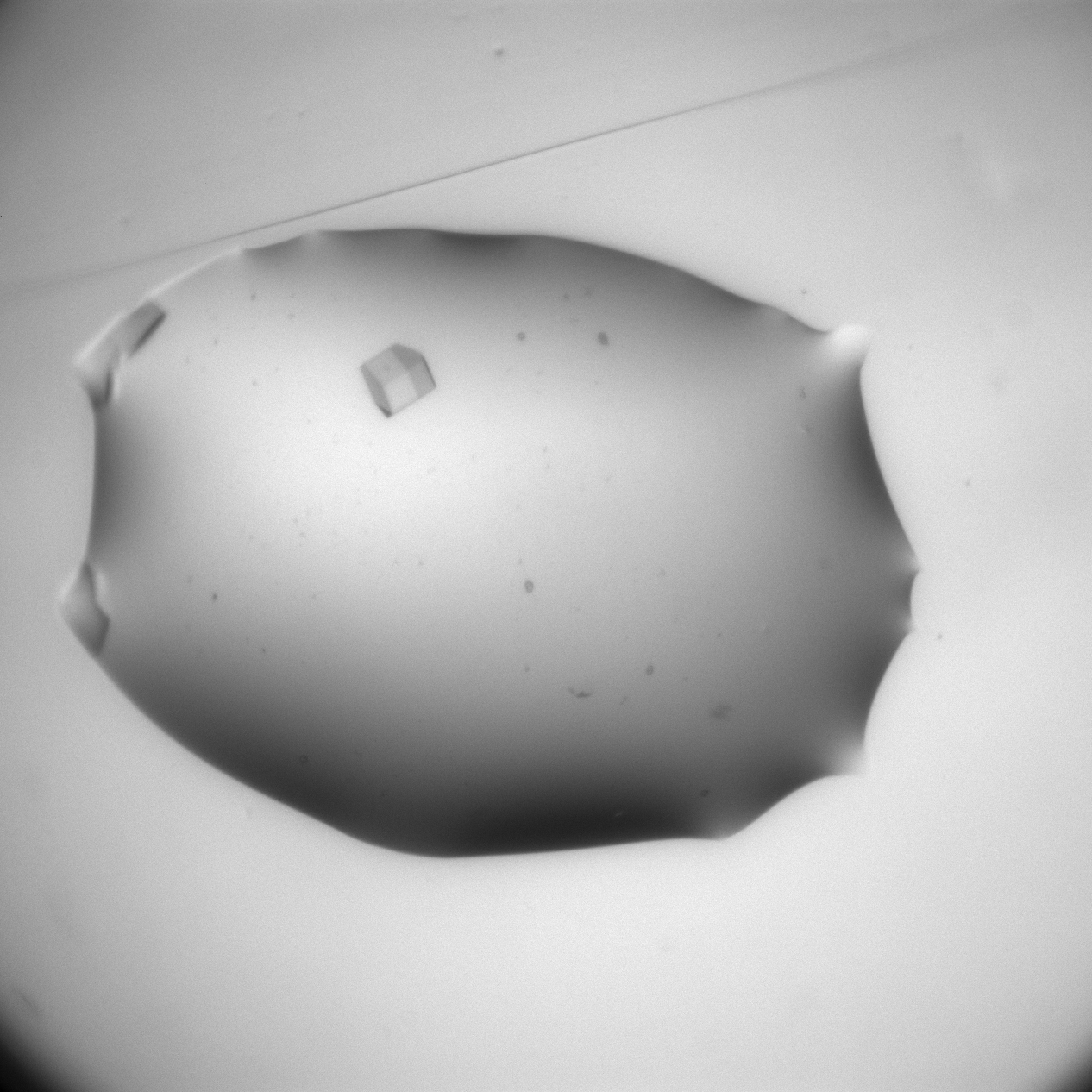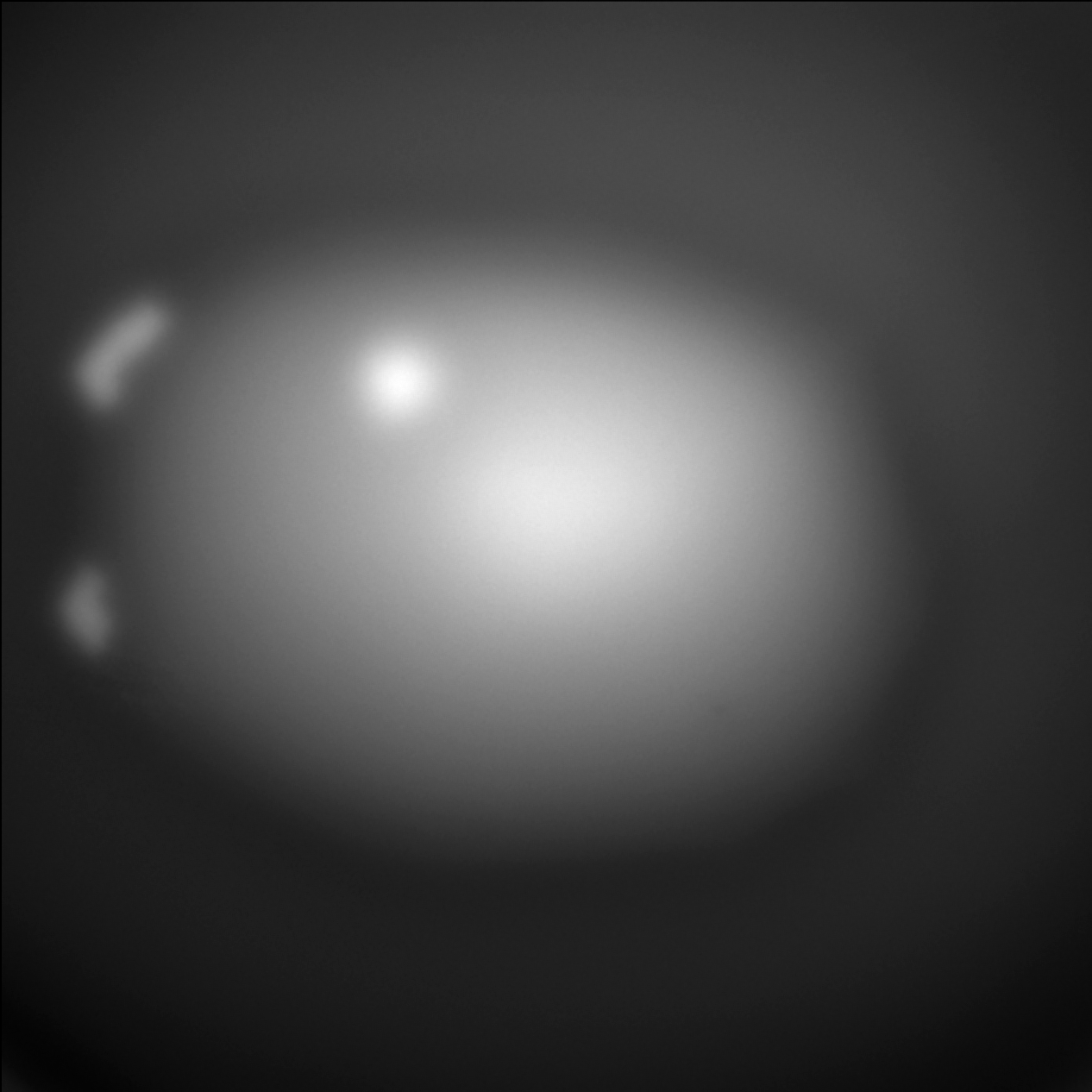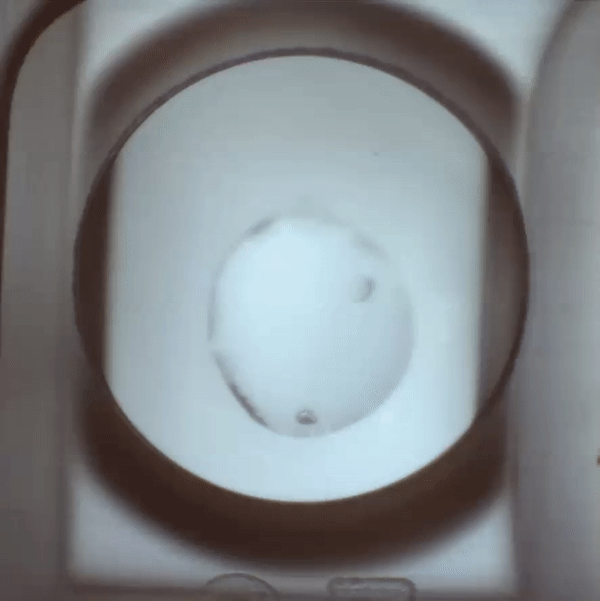UVEX-P
Automated Imager
Hardware:
- Motorized XYZ and objectives slider for automatic scanning of SBS and Linbro plates
- Includes 6 MB monochrome cooled camera
- LED light sources
- Proprietary design for identical optical paths for brightfield and UV fluorescence images
- 5x, 10x, and 20x Objectives
- Compact footprint
Software:
- Simple, intuitive interface for automatic scanning (and manual scanning of select wells if desired)
- User controllable light and exposure settings
- Fully customizable scan profiles
- Autofocus
- Drop centering
- Z slicing
- Browser-based image management software for tracking experiments
Also Includes:
- Computer with pre-installed software
Options:
- Additional Objectives
- UV abosorbance
- Color birefringence
Technical:
Dimensions: 30 x 35 x 50 cm
Weight: 20 kg
Power: 110-240 V 50Hz/60Hz 120kWh

Extended Depth Imaging
Extended Depth Imaging (EDI) generates a composite image from many Z slices; users can set the number of slices and the Z increments.
On the right are displayed Z slices and the composite brightfield and UV fluorescence images.



Automatic Scanning
UVEX-P can image an entire plate or a section of a plate or select wells/drops automatically using a variety of scan profiles and light settings. A 96-well plate can be scanned in as short as 5 minutes acquiring both brightfield and UV fluorescence images. The images are accessible directly in their folder or in an organized fashion in WebView.
Autofocus
Plates can be scanned either with autofocus or without. Z value for each drop obtained by autofocus is stored for subsequent scans. In the example on the right, autofocus is obtained by processing the image within the red circle and the image in focus is displayed without the red circle.

Drop Centering
If the drops are not accurately dispensed at the centrt of wells or if drops migrate, a part of them may be missed when imaging at higher magnification. In these cases machine-learning-based automatic drop centering is useful. The calculated centers are displayed and user can quickly and easily override it if a calculated center is off.

